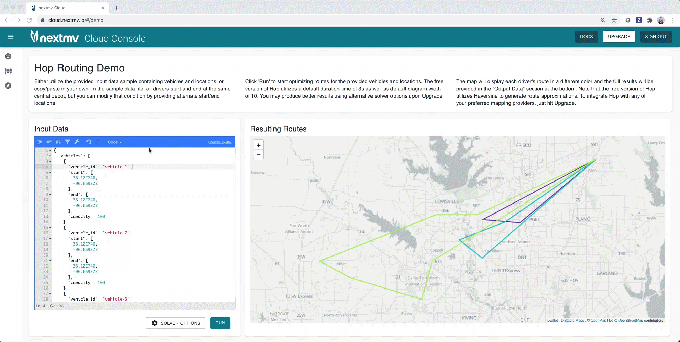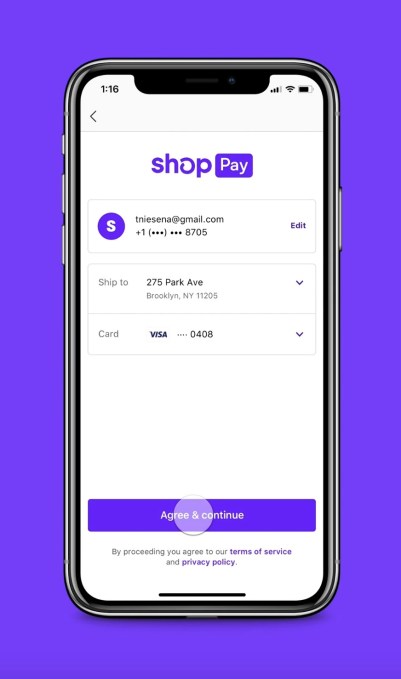News: Biden’s commitment to diversity sets the tone for business leaders
Every business should have a DEI game plan in 2021. Here’s ours.
Contributor
I have a confession to make: my company fell short of its DEI goal in 2020.
Heading into the year, our goal was to build a workforce that’s 44% women and 14% Underrepresented People (URP). We made some strides, but currently those figures are 43% and 13%, respectively.
Here’s why these goals are important to me: I immigrated to America at 17 with my mother and brother from Nicaragua. I was promised a land where anything is possible with some know-how and hard work. Yet, growing up, I can’t recall ever seeing a business leader, an elected official, or even a school principal who looked like me. There was never a Black Marc Benioff or a Latino Steve Jobs in the press to make that kind of accomplishment feel possible.
Things have changed at the very highest levels, beginning with the election of President Obama in 2008, which can’t be understated for its impact on people of color. Now, as a new administration takes power, President Biden is doing something well overdue in building a cabinet that “represents the diversity of our nation.”
His team is highlighted by influential voices from the Black and Latinx communities, including Ambassador to the United Nations nominee Linda Thomas-Greenfield and Department of Homeland Security Secretary nominee Alejandro Mayorkas.
I thought back to how a 17-year-old me would have felt seeing a former refugee steering the future of our country and how differently my worldview might have developed. I became more motivated to double down on our commitment. After all, if the public sector is able to make this commitment, then surely it should be possible for businesses to do the same.
Every business should have a DEI game plan in 2021. Here’s ours:
Skip the board and tap employees for ideas
While the board room is becoming a more diverse place, ultimately, this isn’t where progress is made. Rather, progress is made when employees feel empowered to combine their skills with their passions.
This is exactly what happened in our company this year.
Watching the outsized impact that the coronavirus pandemic has had on Black-owned businesses, several employees came to us with an idea: they wanted to find a way to use our products to help Black-owned businesses outlast the shutdowns. They started by working with William Murrell, owner of BlackBoston.com to understand his needs–and how we could help him connect with website visitors. By working with William’s network, we became more aware of the barriers that deter Black-owned businesses from adopting technology and created a repeatable process to bridge the gap.
These decisions, and the resulting initiative weren’t made in a boardroom–where so much time is spent determining the path to profitability–but rather among employees that wanted to improve their community and saw a way how.
To make these efforts more commonplace, we’ve hired a diversity-focused recruiter to make sure our teams better reflect our communities. We’ve also created processes like Balanced Hiring, to help underrepresented groups get to the interview stage and reduce bias in the hiring decision. On the other side of the coin, we also aim to learn from our leavers–so we understand areas for improvement and can help them thrive beyond our company.
Don’t let remote work hinder expression and belonging
Right now, people are not working normal hours; they are juggling childcare, remote work and more; for leaders, understanding and relating to that trauma is an essential. To date, we announced that we moved our fiscal year-end to January. This way, our sales and go-to-market teams could spend the holidays recharging with family, rather than scrambling to hit year-end goals.
Moreover, we are empowering and expanding the role of our employee-led Employee Resource Groups (ERG) to create safe spaces for expression among peers. Belonging is essential in any business, and as founders who have often found themselves a token in a boardroom, we know the value in having an outlet for employees to express themselves and encourage the sharing of learnings from individual successes, and mishaps.
These steps alone will not directly improve diversity, but they will go a long way toward building trust.
Don’t stop at race or gender: embrace diverse perspectives
The final consideration we are making is acknowledging that diversity is not solely inclusive of outward appearance. Rather, diversity of thought and background are critical factors to how teams collaborate to reach a unified goal.
After all, building a culture where differences aren’t acknowledged only seeks to push minorities further to the outskirts of organizational structure. Part of our focus on DEI will encourage diversity of thought as much as it does ethnic diversity–and hold ourselves accountable to employees that will speak up when it matters.
2020 was a year of trauma, and one where every person was alike in sharing the same fears and anxieties. Thankfully, we have a light at the end of the tunnel with two promising vaccines, and an incoming administration that knows the value in encouraging equal representation across gender and ethnic borders.
Regardless of these positive developments, our focus toward empowering diverse communities must remain steadfast. After all, the systemic issue of low representation of URPs in tech will not be ended because of these efforts alone, but through sustained attention toward addressing the issue and learning each day. We might have missed our mark in 2020, but now we will take the President’s lead and build equity within our offices in 2021, wherever they might be.
I encourage all business owners to make this same commitment.








